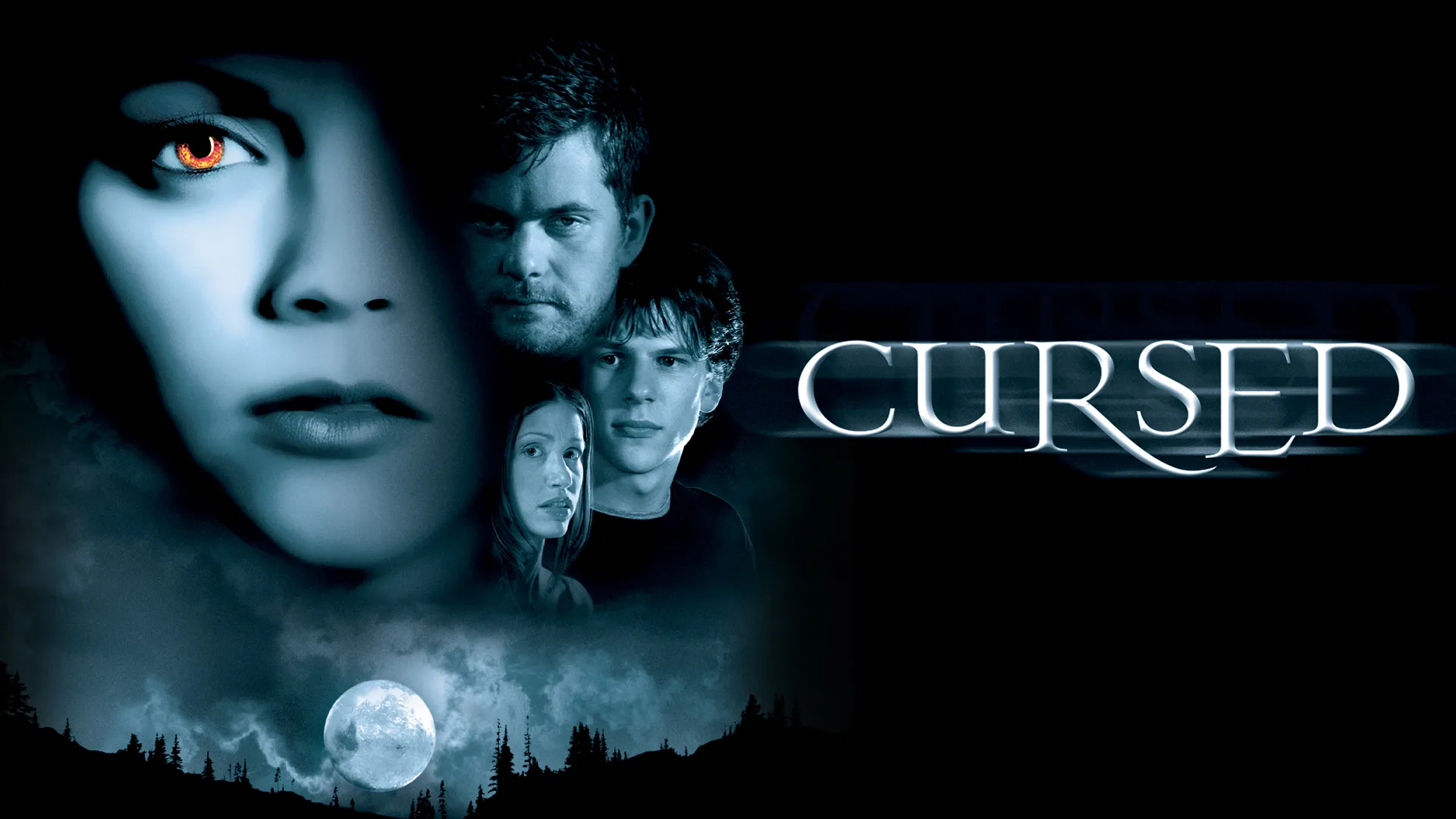Set in the summer of 1989 in Tel Aviv, Snails in the Rain follows Boaz, a handsome and disciplined university student with a bright future ahead. Engaged to his loving girlfriend, Noa, Boaz seems to have everything—a stable relationship, academic success, and a promising career. However, his seemingly perfect life begins to unravel when he starts receiving anonymous love letters from another man.
At first, Boaz dismisses the letters as a prank or a mistake, but as they continue to arrive, they stir something deep within him. The poetic and passionate words of the unknown admirer force him to confront emotions he has long suppressed. Each letter becomes a mirror reflecting desires he refuses to acknowledge, sending him into a spiral of confusion and inner turmoil.

As Boaz struggles to maintain control over his emotions, his relationship with Noa becomes strained. She senses his growing distance but cannot understand the cause. Meanwhile, Boaz becomes increasingly paranoid, scanning his surroundings, questioning every male figure in his life, and fearing exposure. The line between admiration and obsession blurs as he starts to feel haunted by an unseen presence.
The film masterfully captures the tension between societal expectations and personal identity. Boaz, a man conditioned by his environment to conform to traditional masculinity, finds himself trapped between what he should be and what he truly feels. The more he resists, the more he is drawn to the words of his secret admirer, igniting a battle between denial and self-acceptance.

With each passing day, the pressure mounts. The letters evoke memories of his past—moments of curiosity, stolen glances, and emotions he buried deep inside. The rain, a recurring symbol in the film, mirrors his emotional turmoil, washing away the façade he has carefully built. His struggle is not just about sexuality; it is about identity, freedom, and the fear of losing control.
Director Yariv Mozer crafts an intimate and atmospheric drama, using silence and subtle expressions to convey Boaz’s internal conflict. The film’s cinematography, with its soft, muted tones, enhances the melancholic beauty of Boaz’s journey. Every glance, every pause, and every raindrop carries weight, adding depth to a story that is as much about longing as it is about repression.

As the film reaches its climax, Boaz is forced to make a choice—continue living in denial or confront the truth about himself. Will he embrace his hidden desires, or will fear and societal pressure keep him locked in a life that no longer feels like his own? The answer lingers like a whisper in the rain, leaving the audience to ponder the cost of self-denial.
Snails in the Rain is more than just a psychological drama; it is a poignant exploration of love, identity, and the complexity of human emotions. With a delicate yet powerful narrative, it challenges viewers to question the boundaries of desire and the consequences of suppressing one’s true self.




